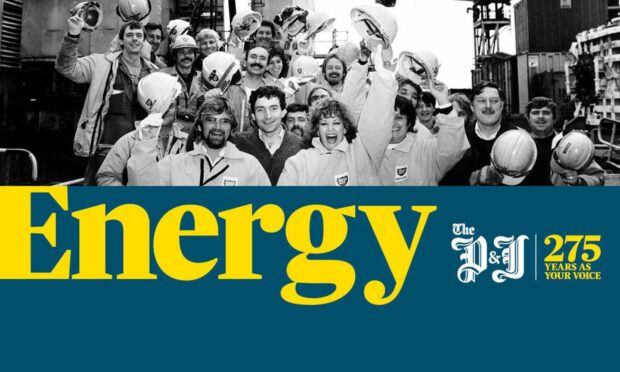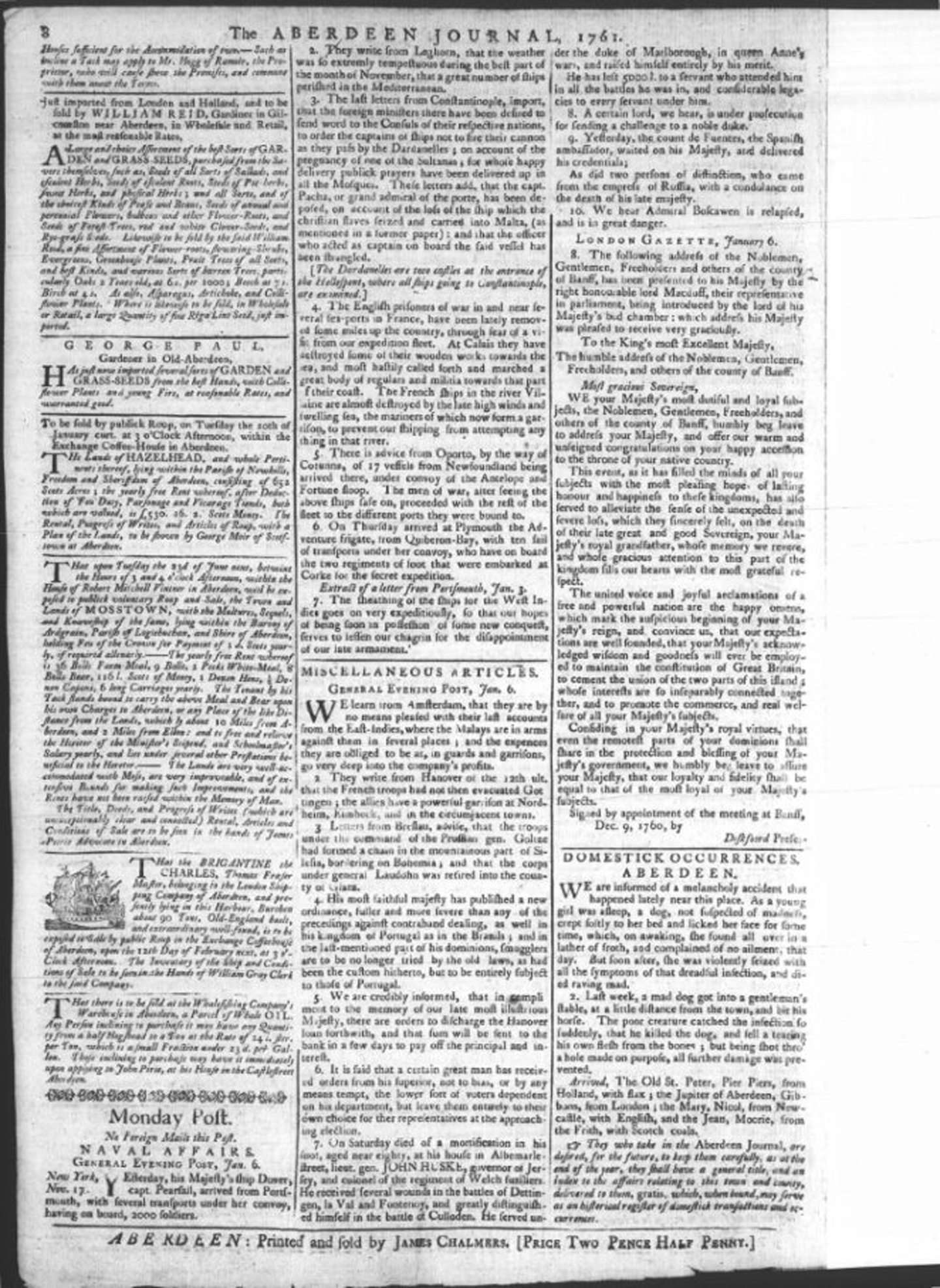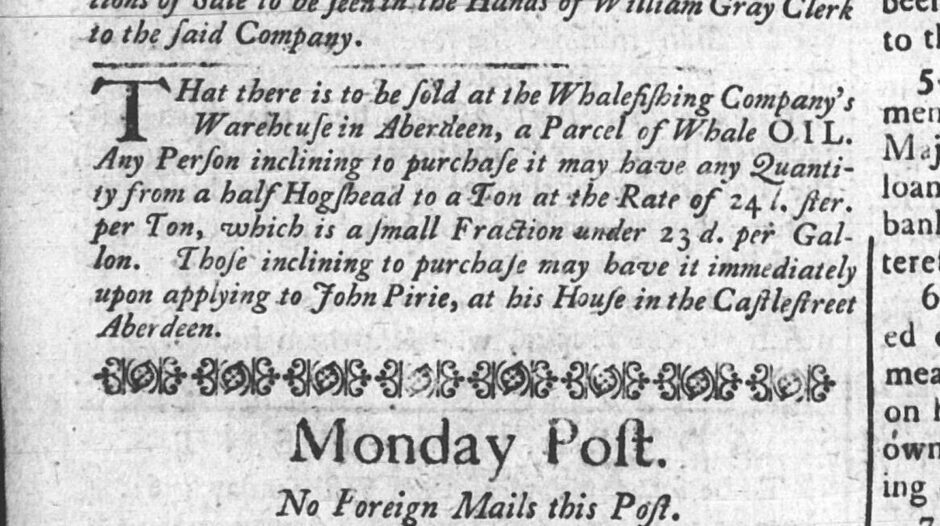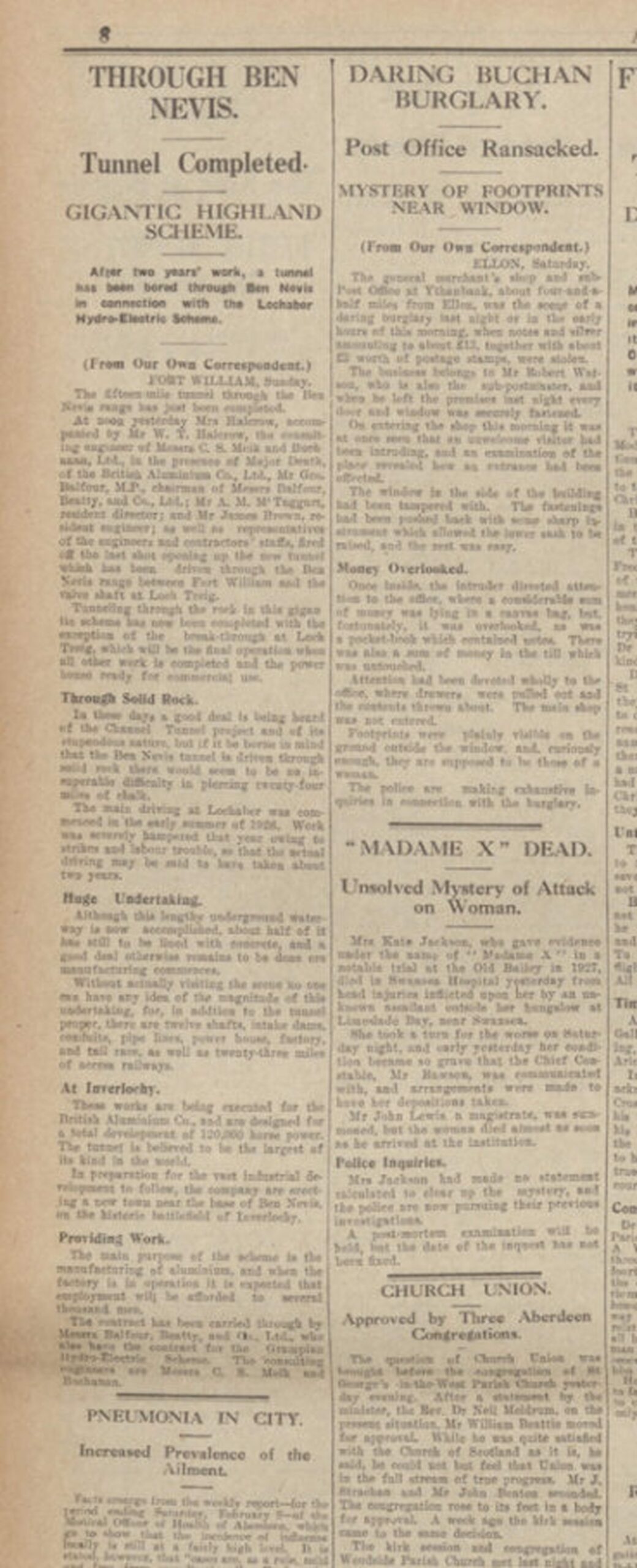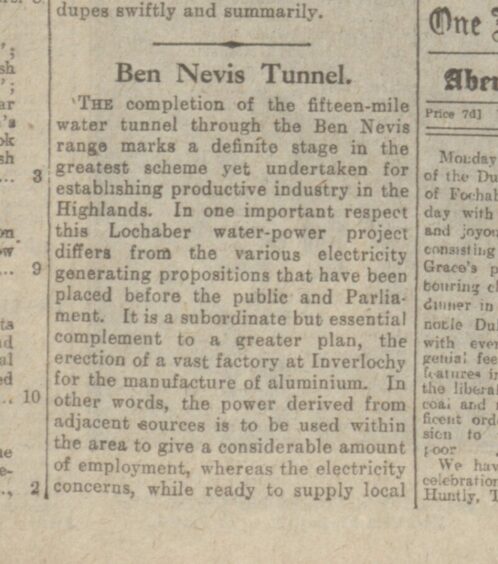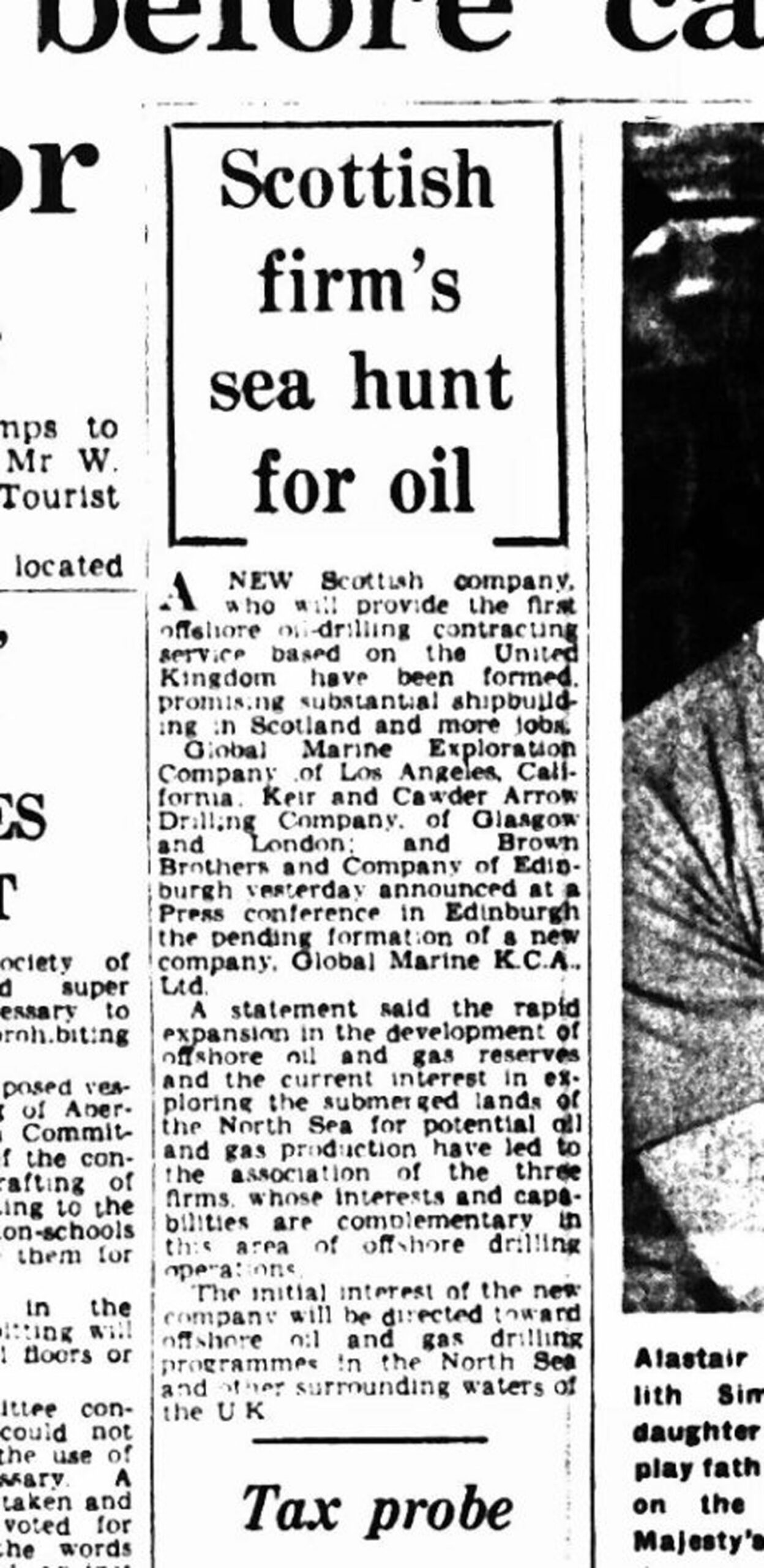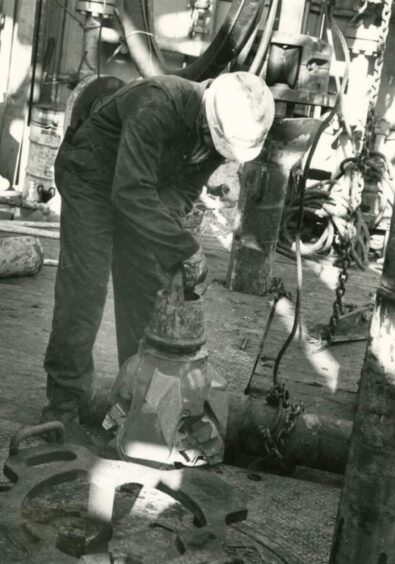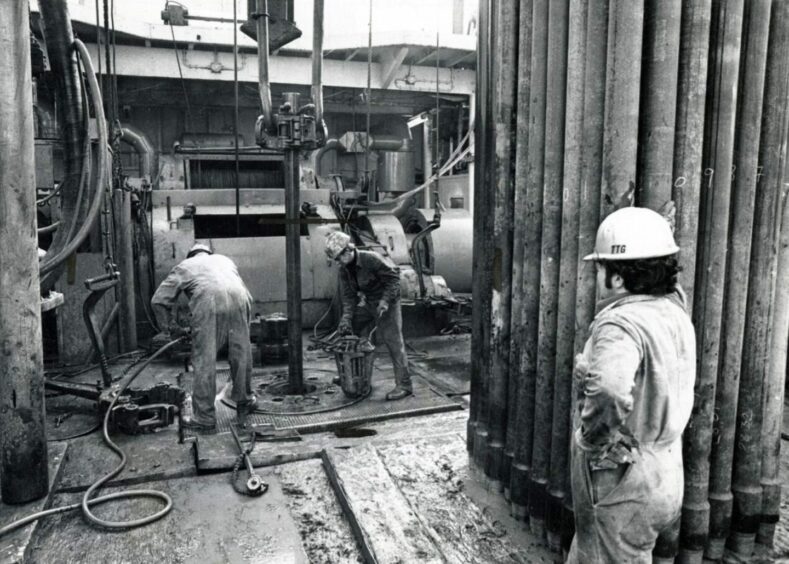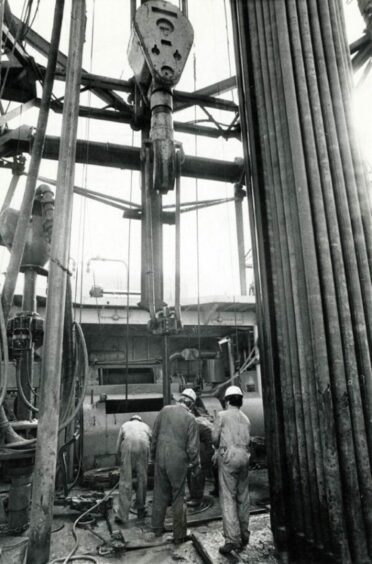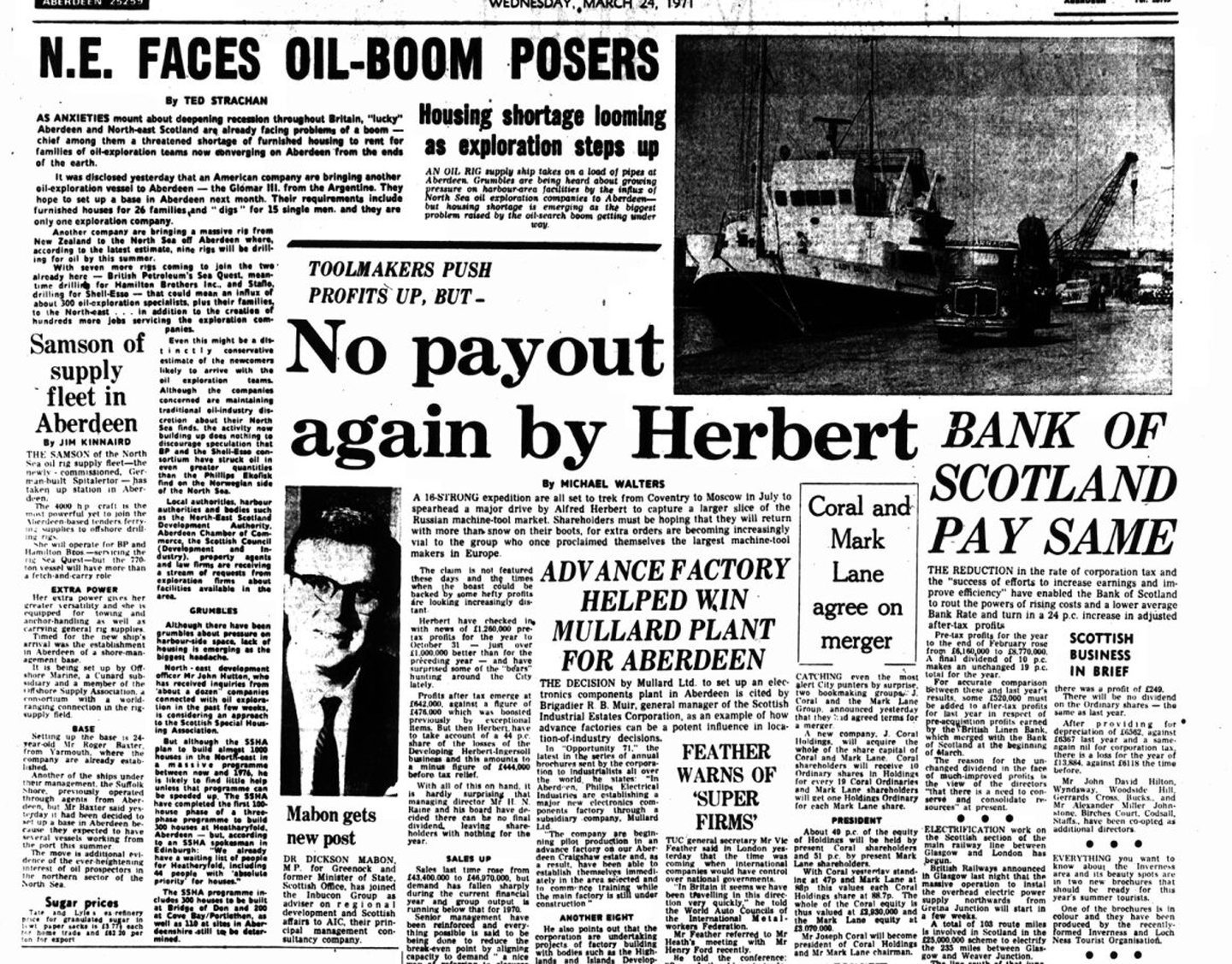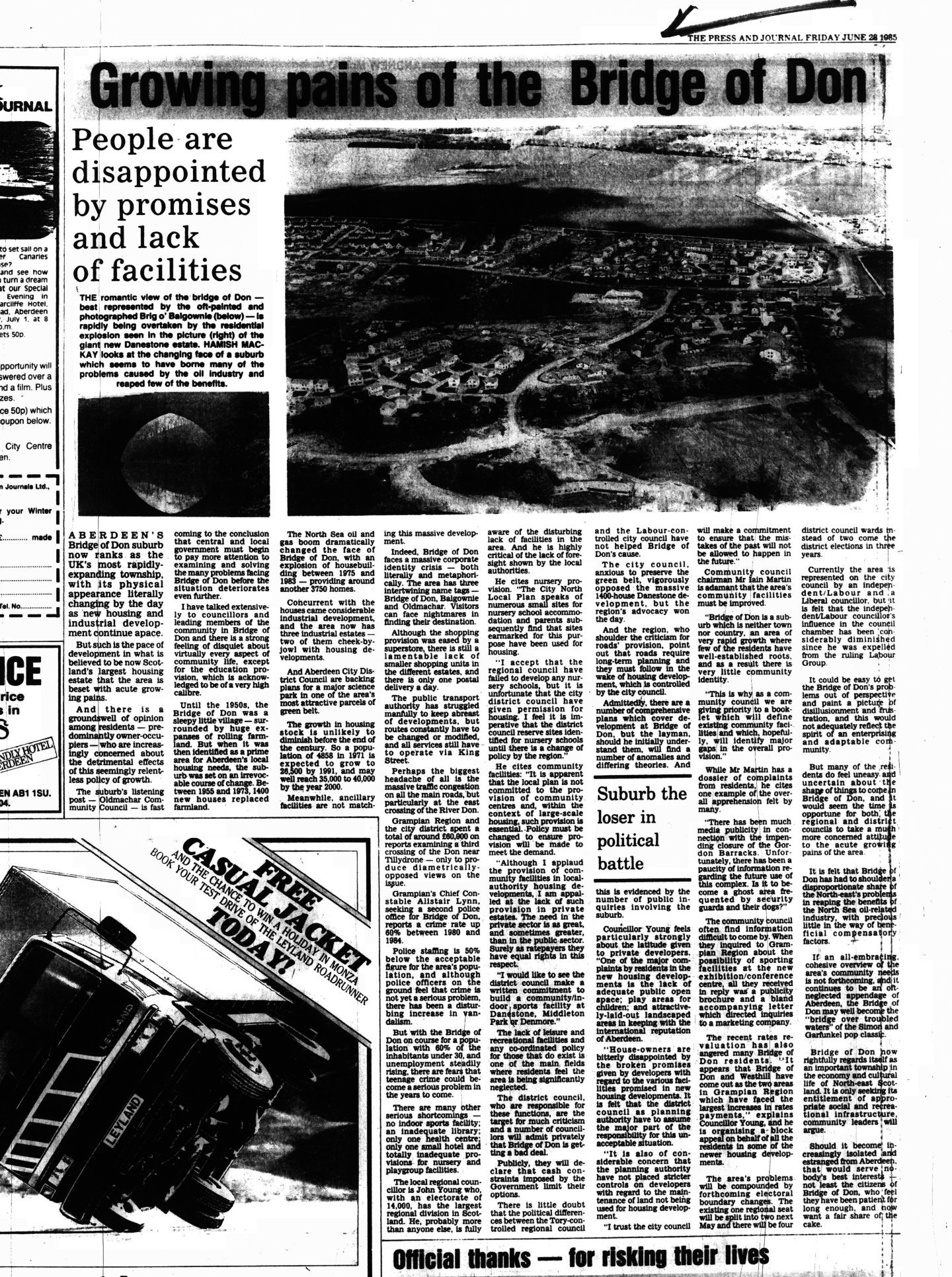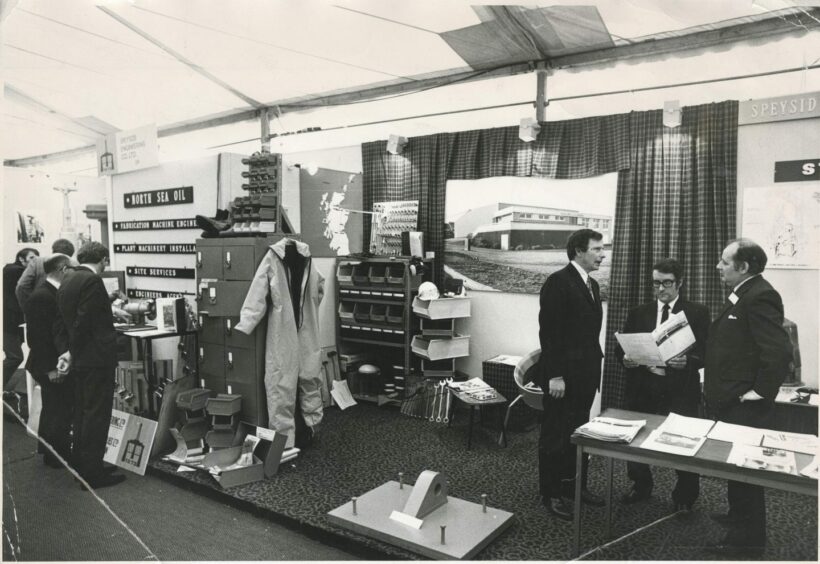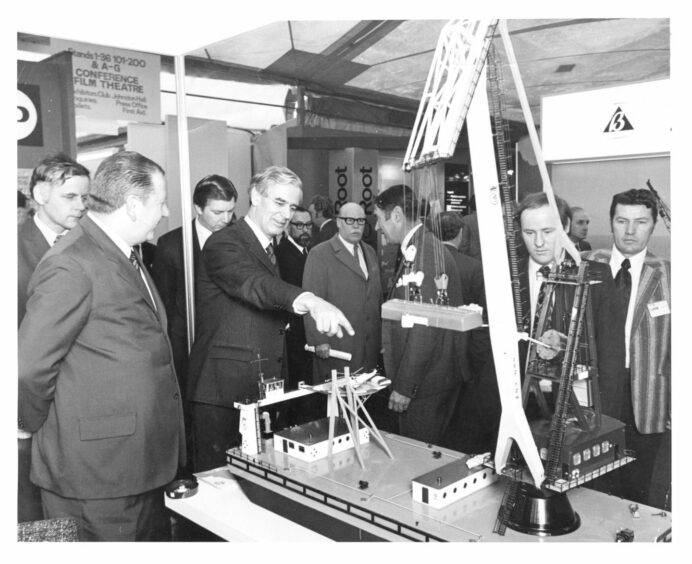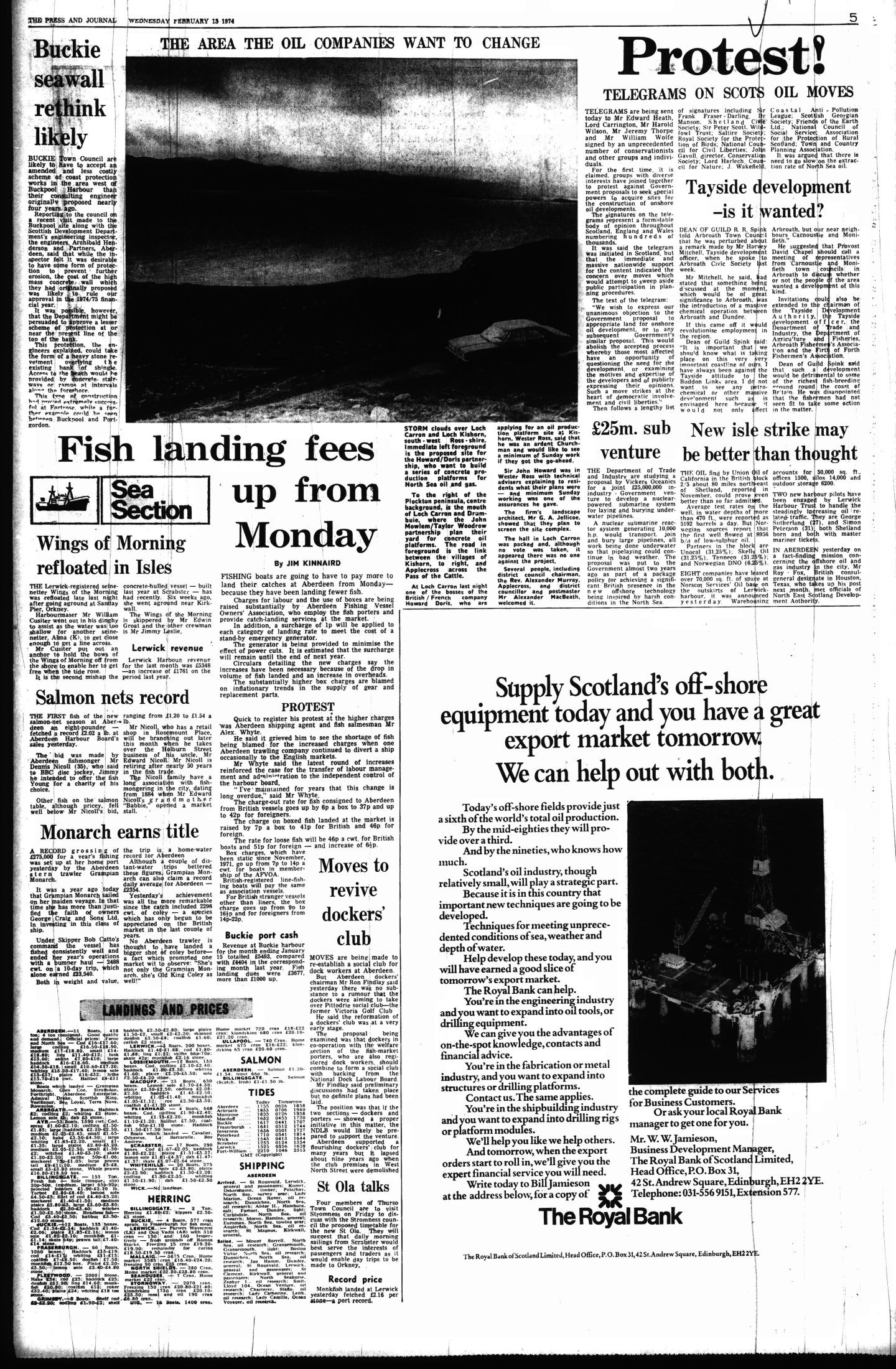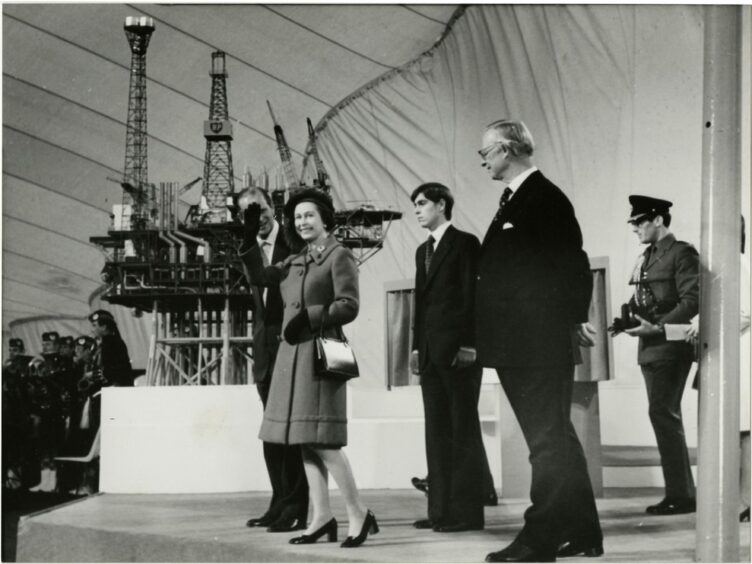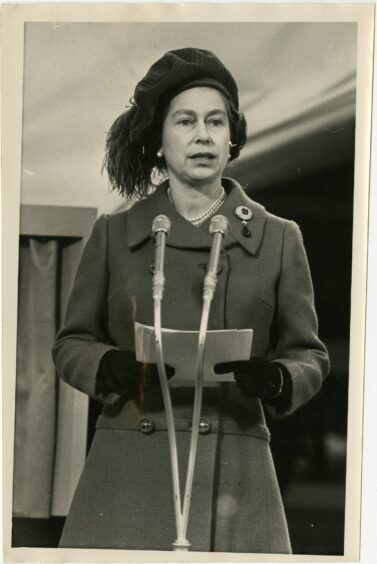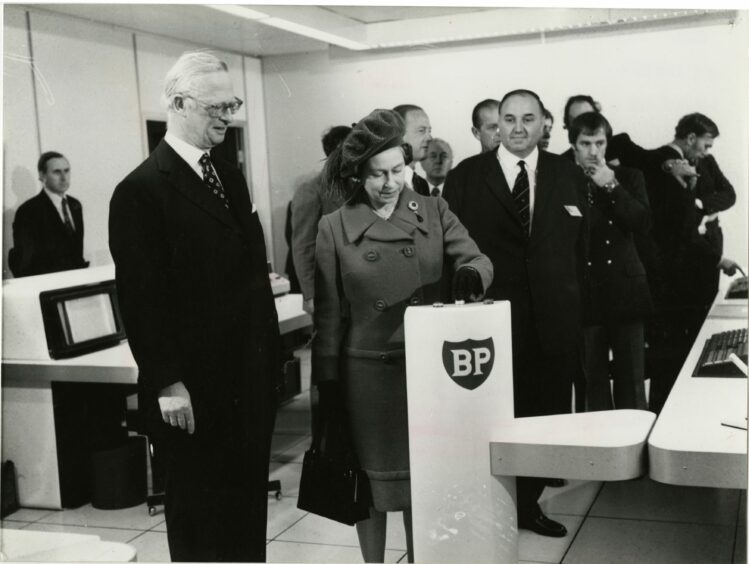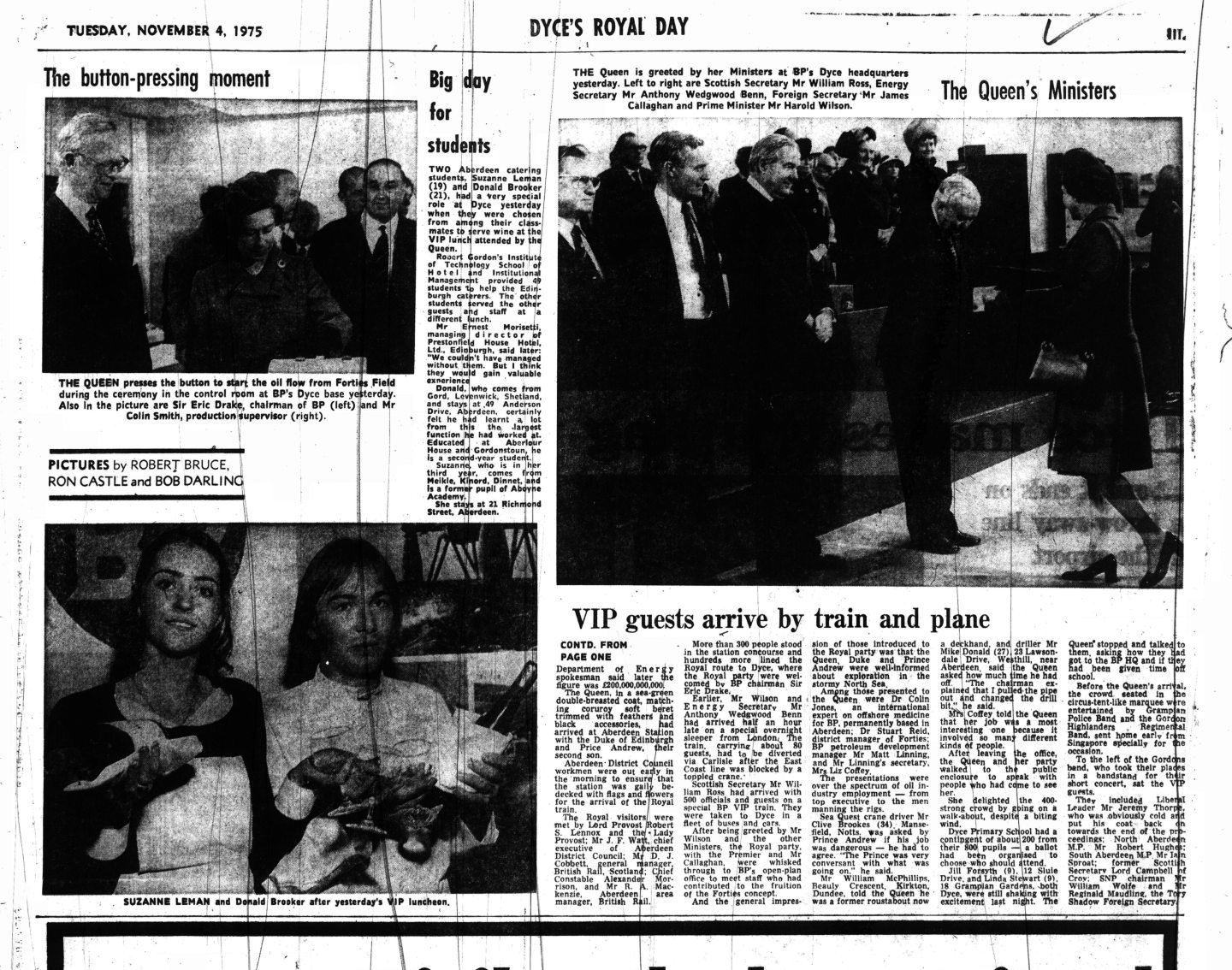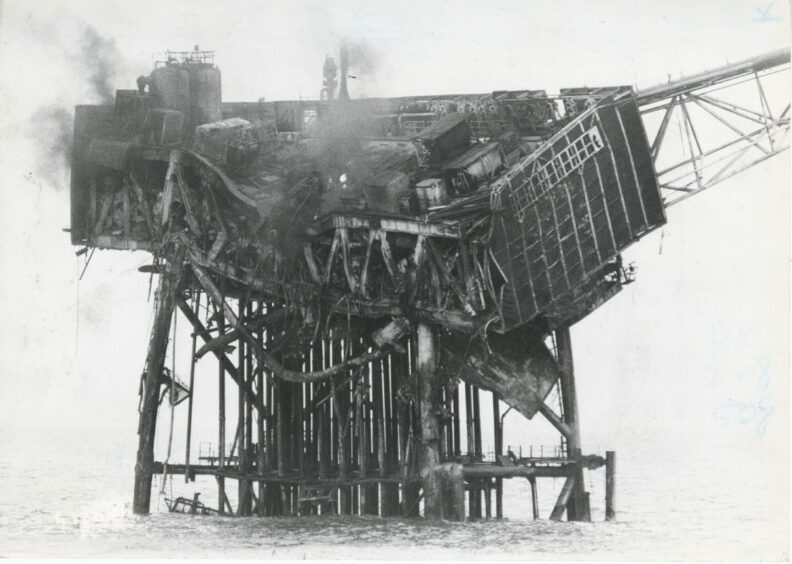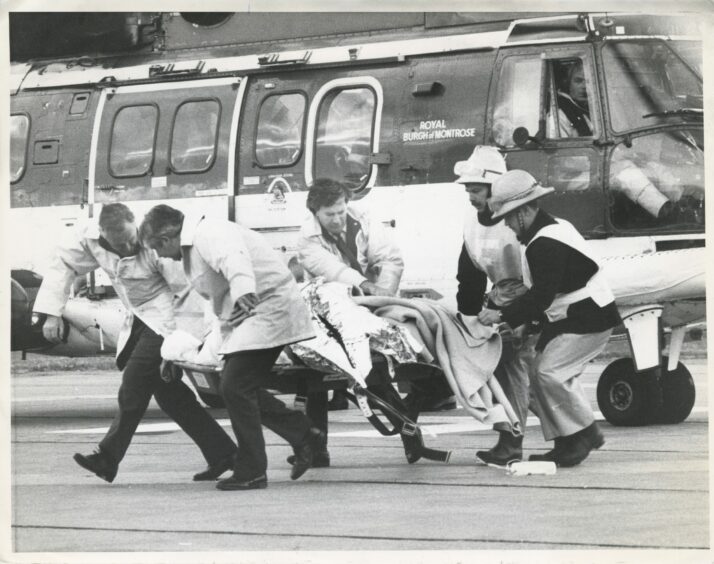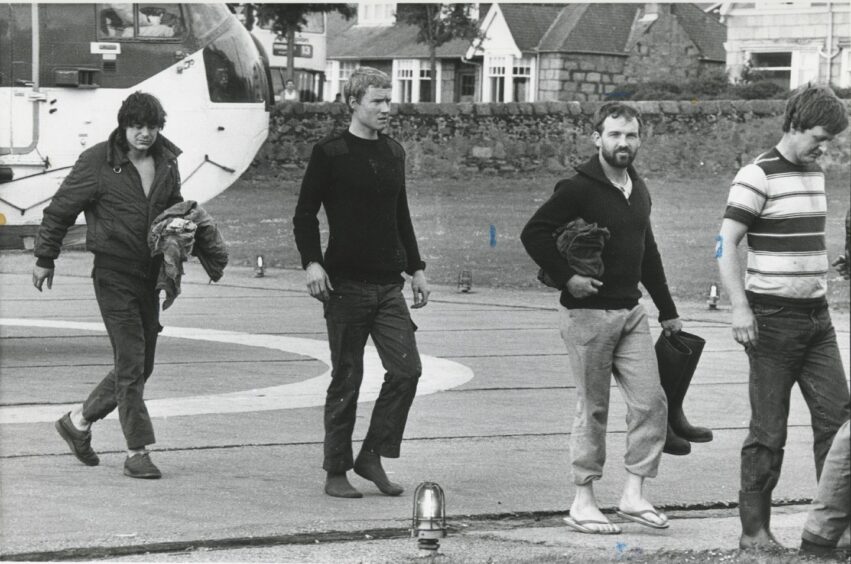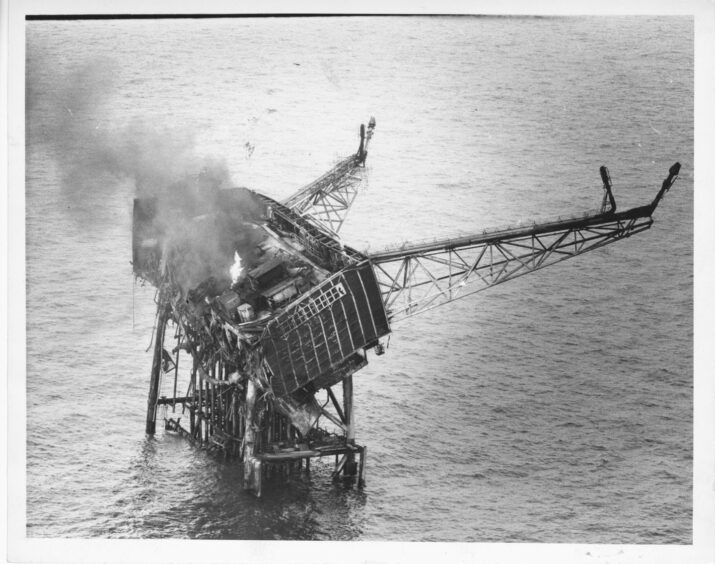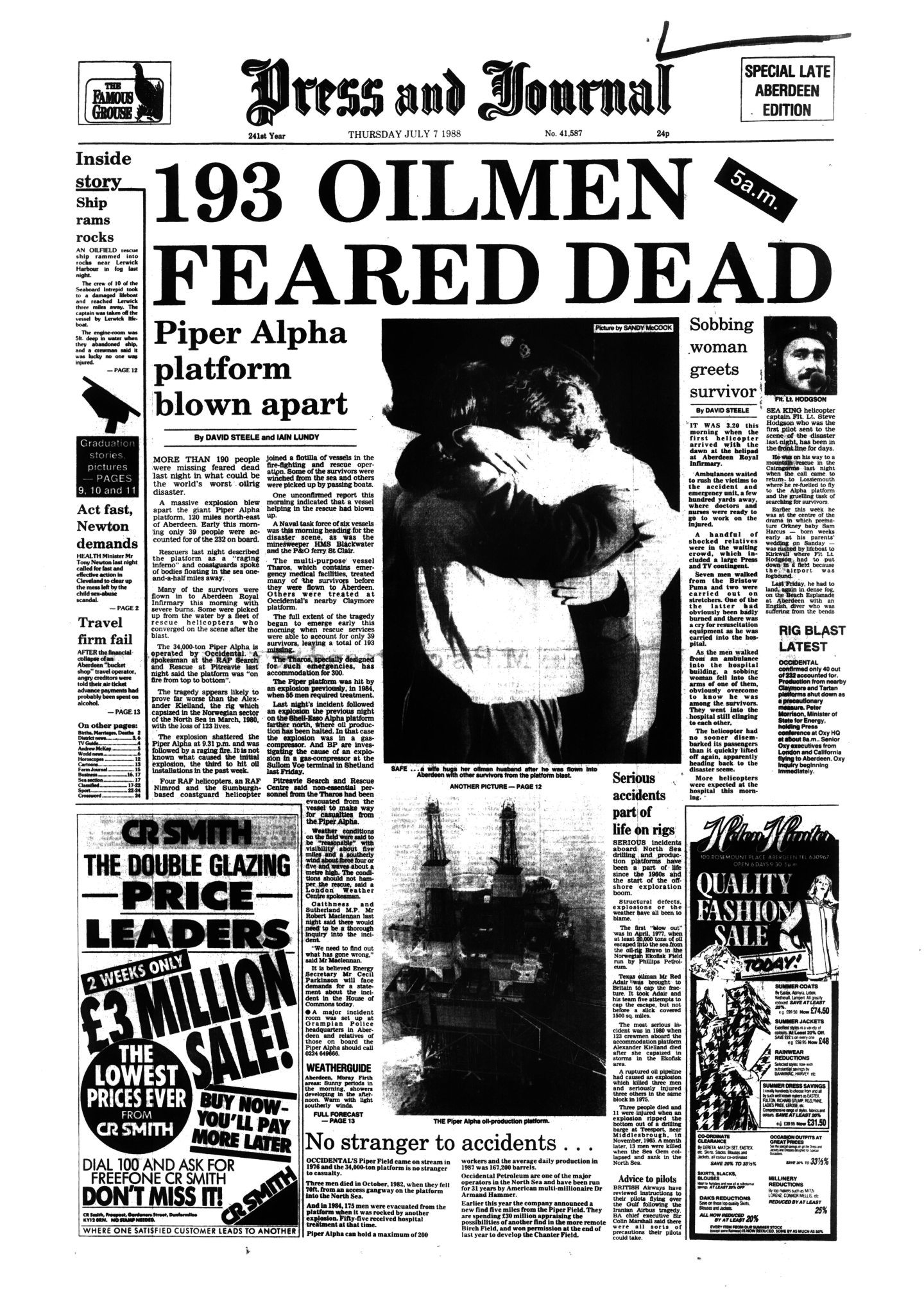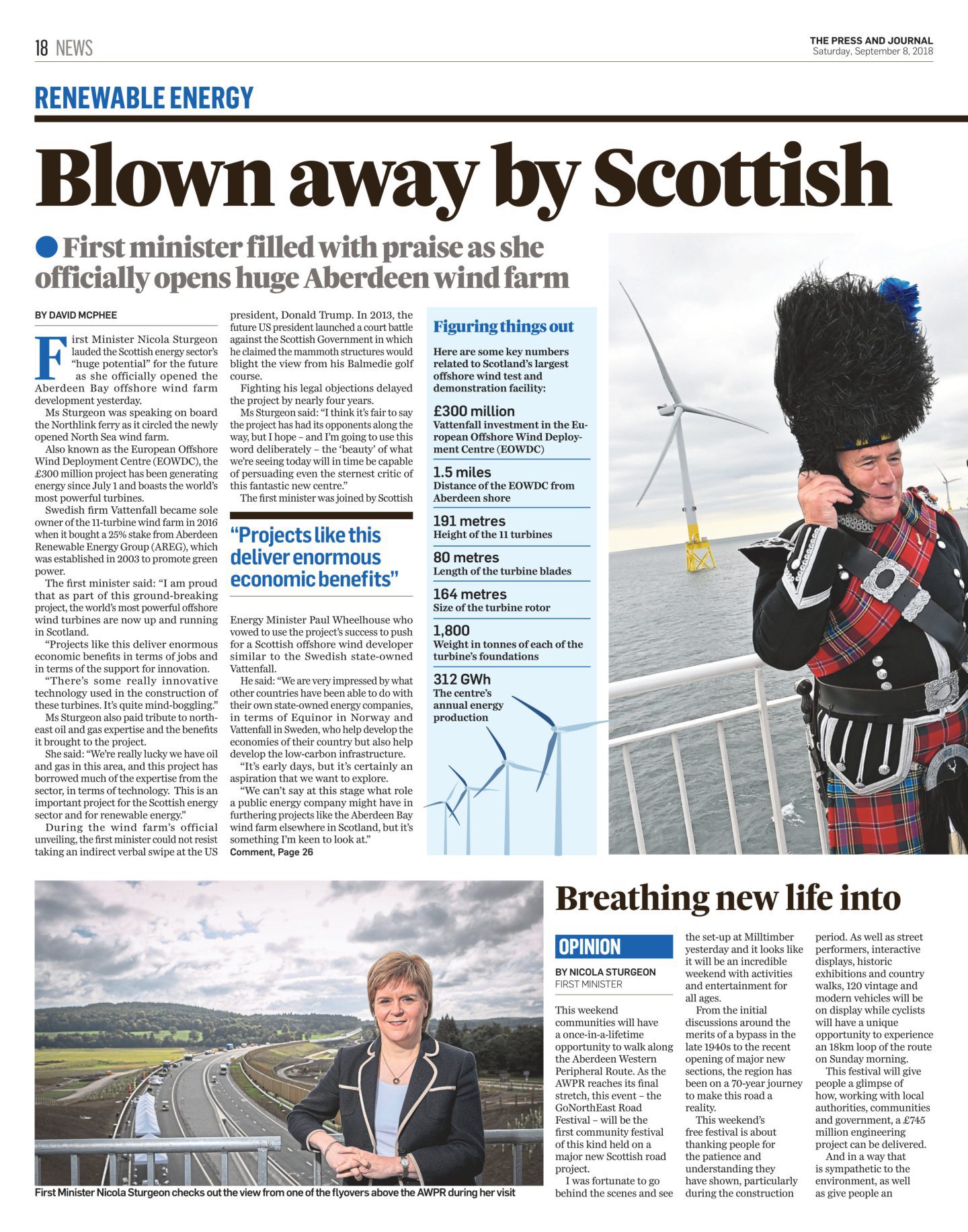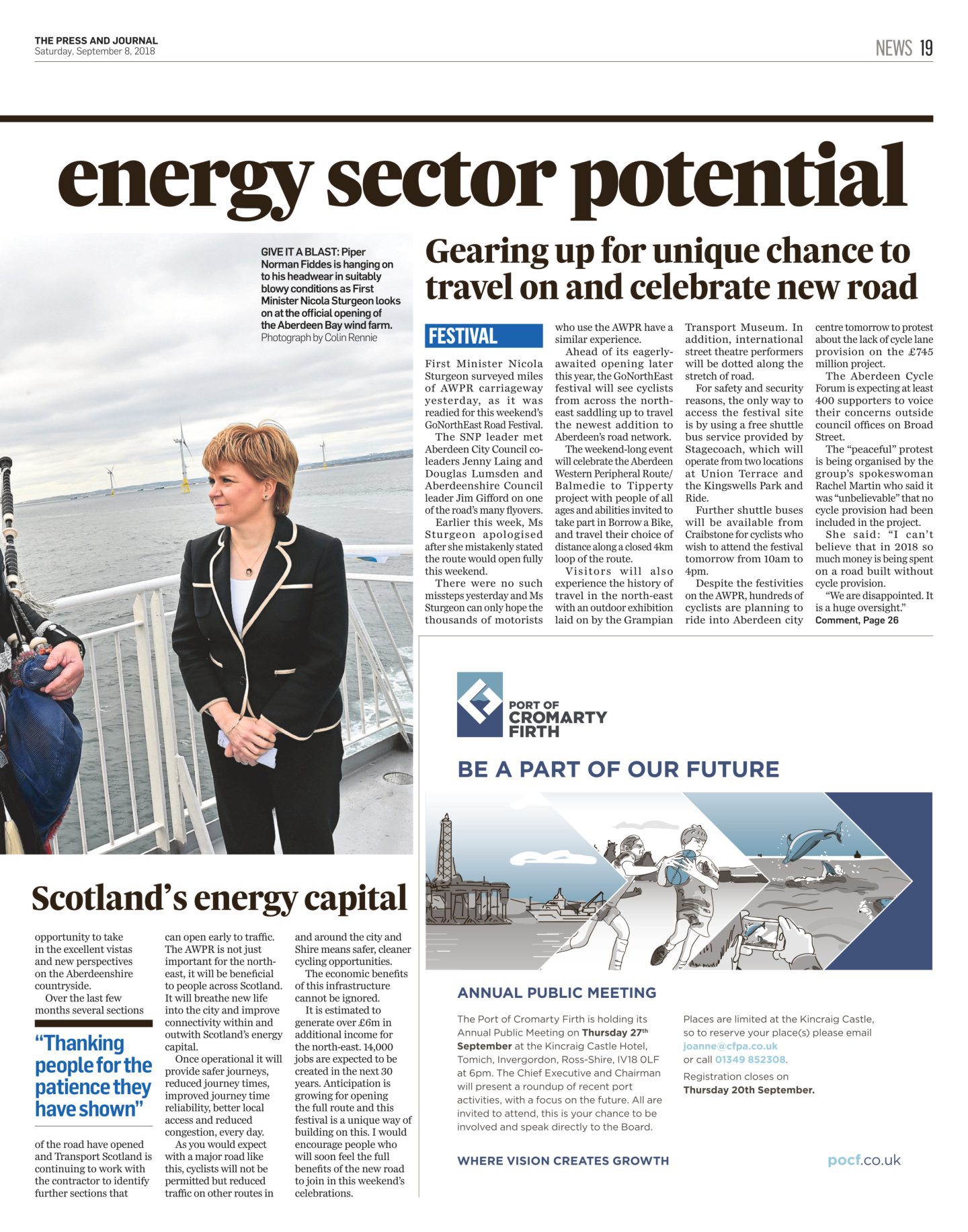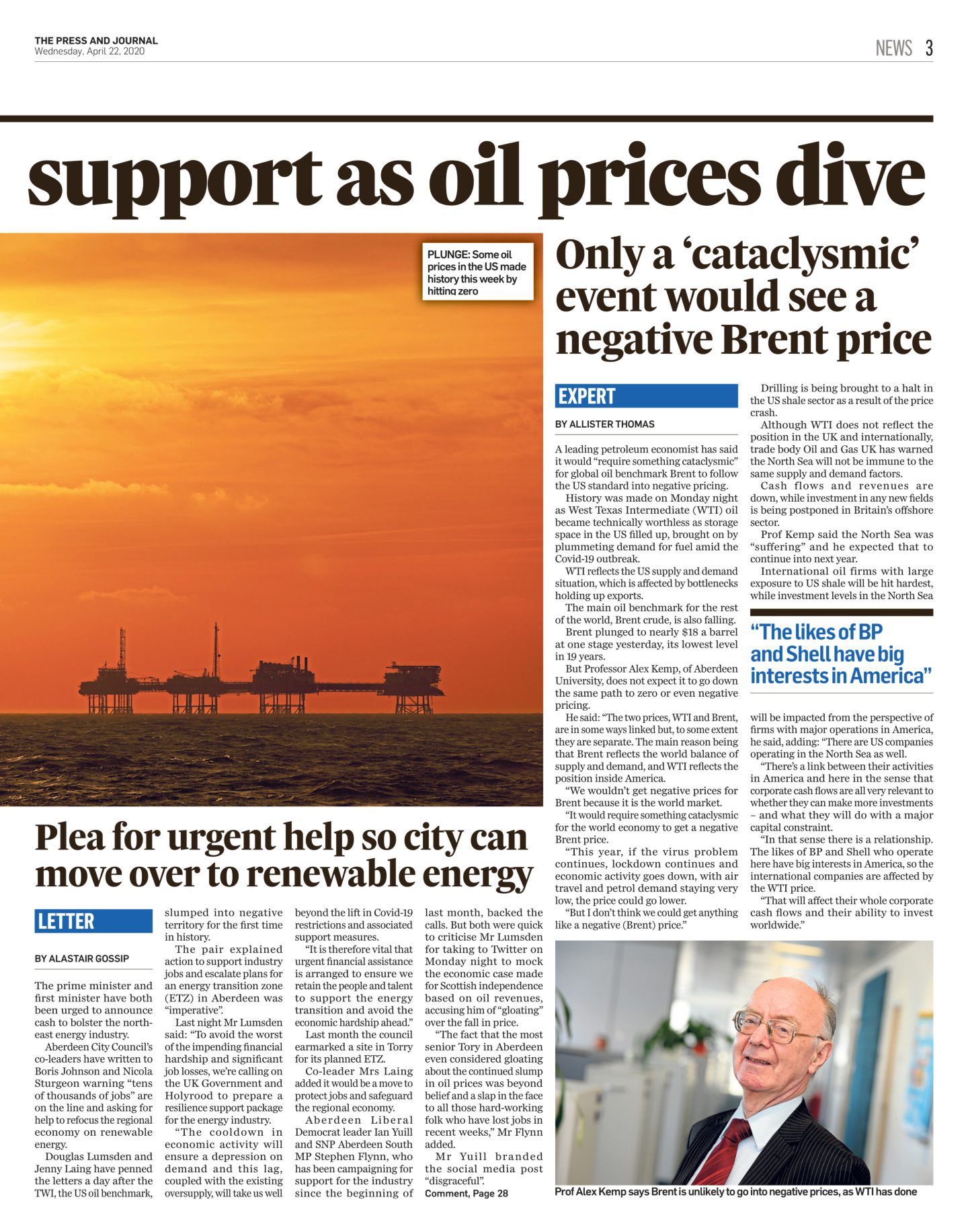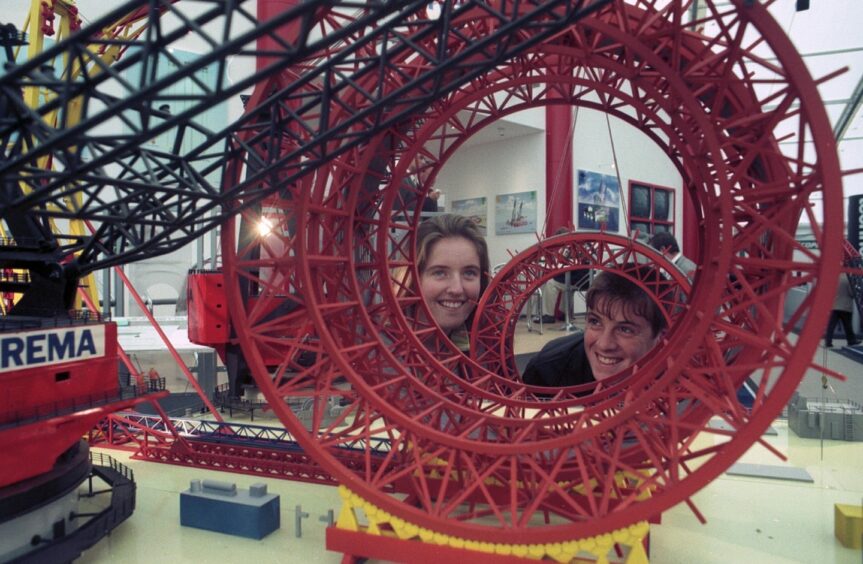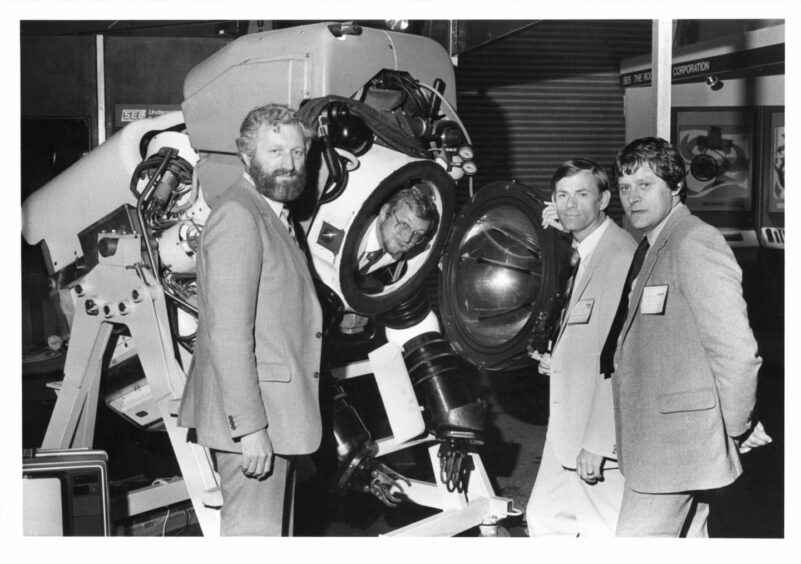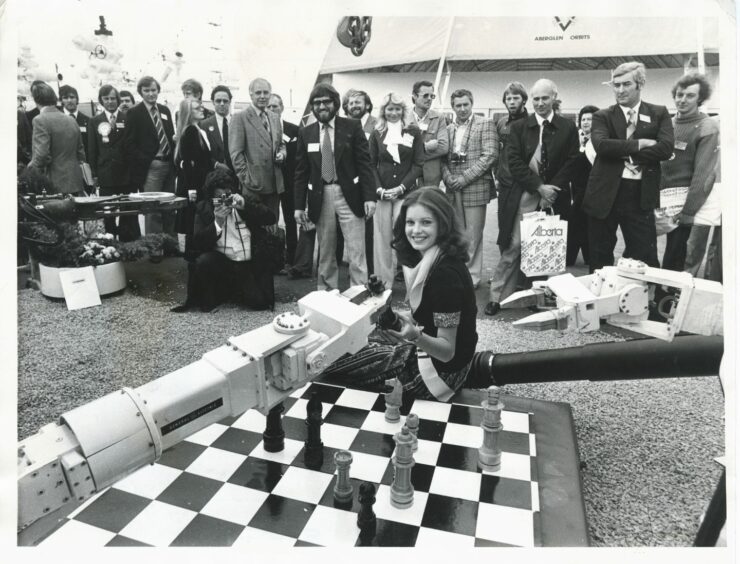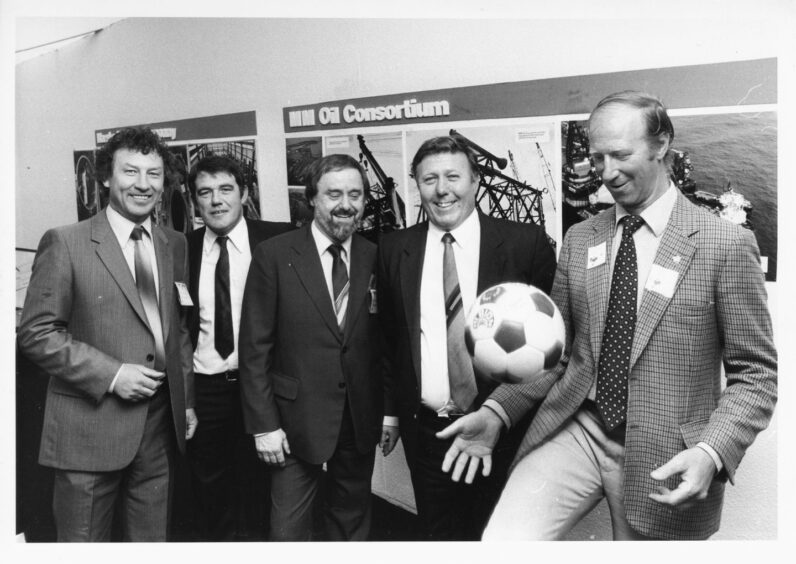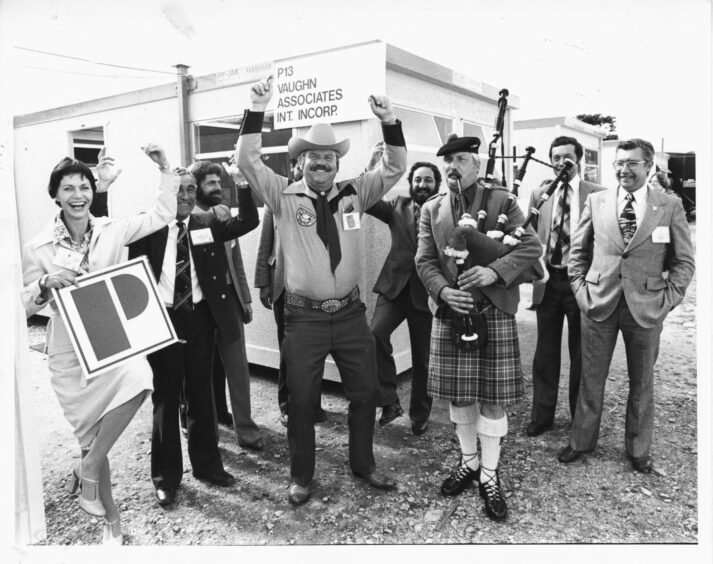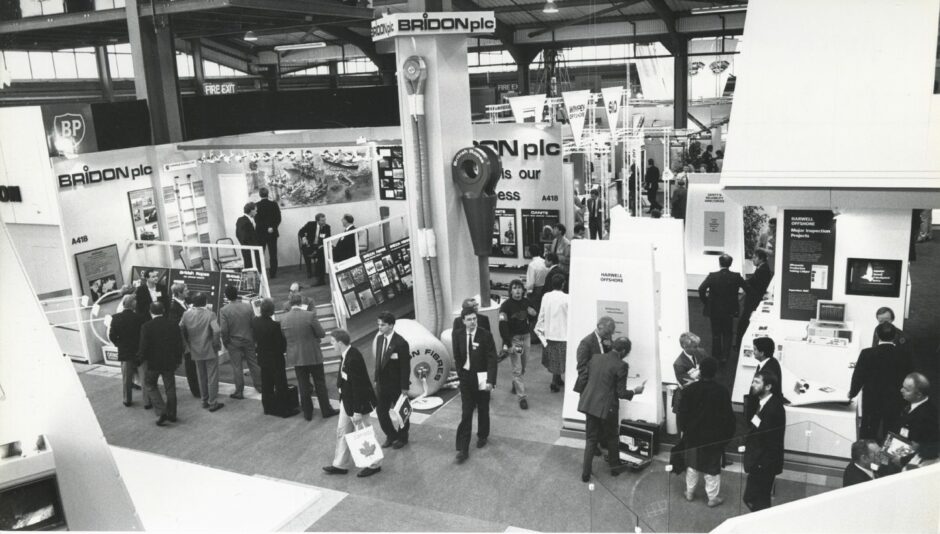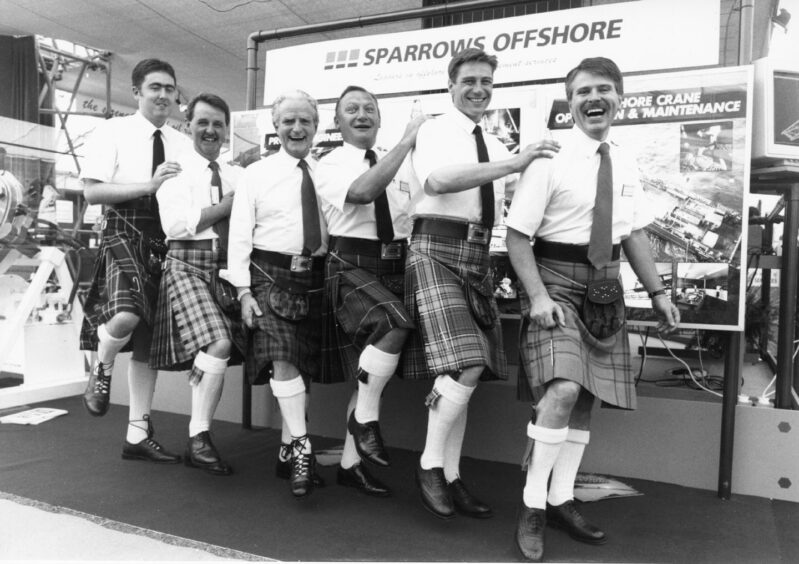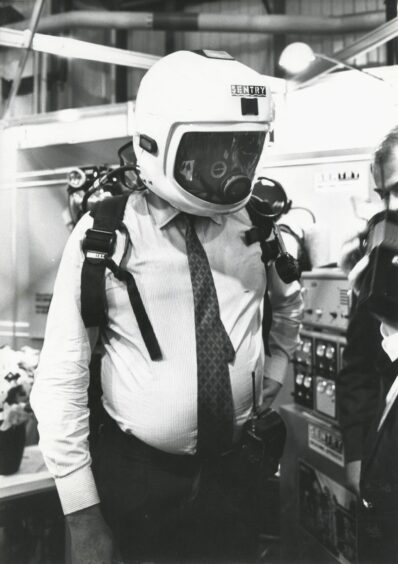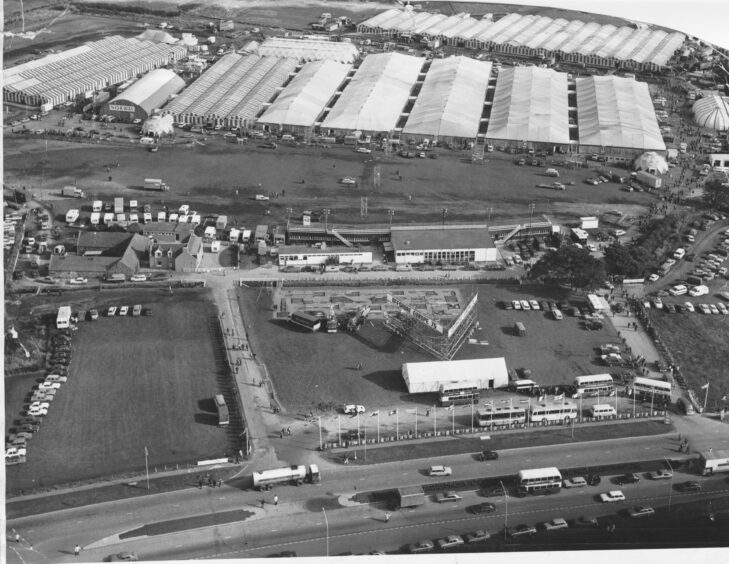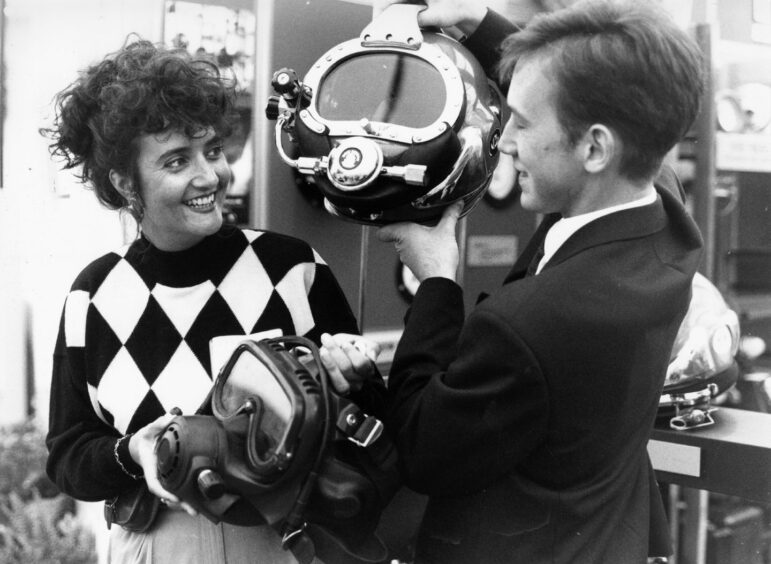From the whaling industry to oil and gas and renewables, the energy sector in the north and north-east has changed dramatically over the last 275 years.
Each month, to celebrate our 275th anniversary, we have been bringing you a timeline of articles highlighting how The P&J has covered the stories of the region for more than two centuries.
This month, our focus turns to the energy industry and includes reporting on the discovery of oil in the North Sea, a royal opening of the Forties Field, an advert for whale oil, 50 years of Offshore Europe and pictures showcasing the oil boom.
1761: The whaling industry in Aberdeen and Peterhead
The whaling industry was once a source of oil in the north-east with bases in Orkney and Peterhead.
The oil was used as a fuel for lighting and as a lubricant for machinery.
However, by the late 1830s, overfishing had become an issue and Aberdeen vessels slowly moved away from the trade.
In January 1761, the Whalefishing Company advertised whale oil for sale in The Aberdeen’s Journal.
The advert stated the oil could be bought in “quantity” for 23 d. per gallon.
1929: Lochaber hydroelectric scheme
Work commenced on the Lochaber hydroelectric scheme in 1926.
The project’s aim was to support the manufacturing of aluminium which would provide employment for thousands.
The scheme’s 15-mile tunnel through the Ben Nevis range was believed to be the largest of its kind in the world at the time.
In February 1929, The Press and Journal published an article on the completion of the scheme. The official opening took place in 1930.
1963: The first offshore drilling contract service in the UK
Global Marine KCA Ltd was formed by a consortium of three firms to provide the first offshore drilling contract service in the UK, as reported by The Press and Journal in April 1963.
Looking back now, although the article itself may have been relatively small, it represented a significant milestone for the North Sea oil industry.
1969: North Oil discovered
On June 23 1969, The Press and Journal reported on its front page that oil had been discovered in the North Sea.
The find was made on the border of the British and Norwegian drilling fields, between Aberdeen and Edinburgh.
Three rigs were operating off the coast of Aberdeen at the time – Stafio, Sea Quest and Gulf Tide – while the Maersk Explorer was operating off the Wick coast.
The Press and Journal article stated: “Named ‘distillet’, the oil is of a very high quality and the quantities are found with the gas for which the rigs are drilling.
“There are a few hundred barrels with every 50,000,000 cu.ft. of gas, and in the last few weeks up to 2,000 barrels of distillet have been found with the gas.”
1971: Oil boom brings mass of workers to Aberdeen
In 1971, The Press and Journal reported on the housing pressures, the issue being a lack of furnished properties available to rent for the families of oil workers.
With an American company bringing an oil exploration vessel to the north-east, the firm required furnished houses for “26 families and ‘digs’ for 15 single men”.
The article stated those were the requirements of just one of the many firms looking to move into the area.
At the time, it was expected that 300 workers were looking to relocate to the city.
1973: The first Offshore Europe
In March 1973, the first Offshore Europe conference – then titled Offshore Scotland ’73 – was held at Aberdeen University.
The event enjoys continued success and is marking its 50th anniversary this year.
The first three days of the inaugural conference pulled in about 5,000 attendees, with The P&J reporting that more than 10,000 people were expected over the course of the week.
Offshore Europe aims to create a space for the sector to collaborate and drive the industry forward.
1974: Oil and Gas industry in the north-west Highlands
The Press and Journal reported on the major development of a site earmarked for the manufacture of concrete production platforms in the North Sea at Loch Kishorn in Wester Ross.
In February 1974, The P&J stated a meeting had been held about the development in a “packed” hall and that there had been protests.
Protesters were campaigning to the government against potential changes to planning laws that would make it easier to acquire onshore sites for oil and gas development.
1975: Queen Elizabeth II opens Forties Field
On November 3 1975, Queen Elizabeth II formally opened the Forties Field, pushing a button in BP’s Dyce headquarters to start the oil flowing.
The Press and Journal marked the occasion with an extended article accompanied by images of the royal visit – pictures of well-wishers and details of the key people in attendance – which appeared in the paper the following day.
1988: Piper Alpha Disaster
On July 6 1988, tragedy struck in the North Sea.
A catastrophic explosion on the Piper Alpha platform claimed the lives of 167 men.
A special late edition of The Press and Journal was issued to cover the disaster – it carried the harrowing headline “193 oilmen feared dead”.
This year marks 35 years since the explosion.
2004: Scotland takes a step closer to being world leader in marine energy
Having been at the forefront of the oil and gas industry for many years, the north-east took a step towards the development of renewable energy technologies with the completion of the European Marine Energy Centre in Stromness, Orkney.
The Press and Journal interviewed the head of the centre in 2004 as construction was completed.
2018: The opening of Aberdeen Bay Wind farm
Aberdeen Bay Wind Farm was opened by the then First Minister Nicola Sturgeon on September 7 2018.
Offshore wind was a focus for growth as moves were being made away from fossil fuels.
The Press and Journal reported on the opening, quoting Ms Sturgeon as saying: “We’re really lucky to have oil and gas in this area, and this project has borrowed much of the expertise from the (oil and gas) sector in terms of technology.
“This is an important project for the Scottish energy sector and for renewable energy.”
The wind farm was delayed by nearly four years because of legal objections.
2020: Covid-19 drives slump in oil prices
In 2020, the coronavirus pandemic saw oil prices in freefall.
Like many industries around the world, the energy sector was not immune to the destructive impact of Covid-19.
Thousands of workers lost their jobs while others were put on furlough.
In April 2020, the first minister promised to provide support for the industry.
The Press and Journal stated: “Nicola Sturgeon has pledged to discuss extra support for the North Sea oil industry after coronavirus sent the US oil price plummeting.
“Thousands of oil and gas workers around the world have lost their jobs or are being furloughed due to the impact of Covid-19.
“A glut of oil, largely driven by a plunge in demand as much of the world remains in lockdown in an attempt to halt the spread of the virus, has sent oil prices crashing.
“History was created on Monday night when the cost of a barrel of WTI, also known as Texas light sweet crude, plunged below zero and kept heading south.”
2023: 50 years of Offshore Europe
This year, SPE Offshore Europe will celebrate 50 years of innovation in the energy industry.
Our gallery looks back at pictures from Offshore Europe over the past five decades.
